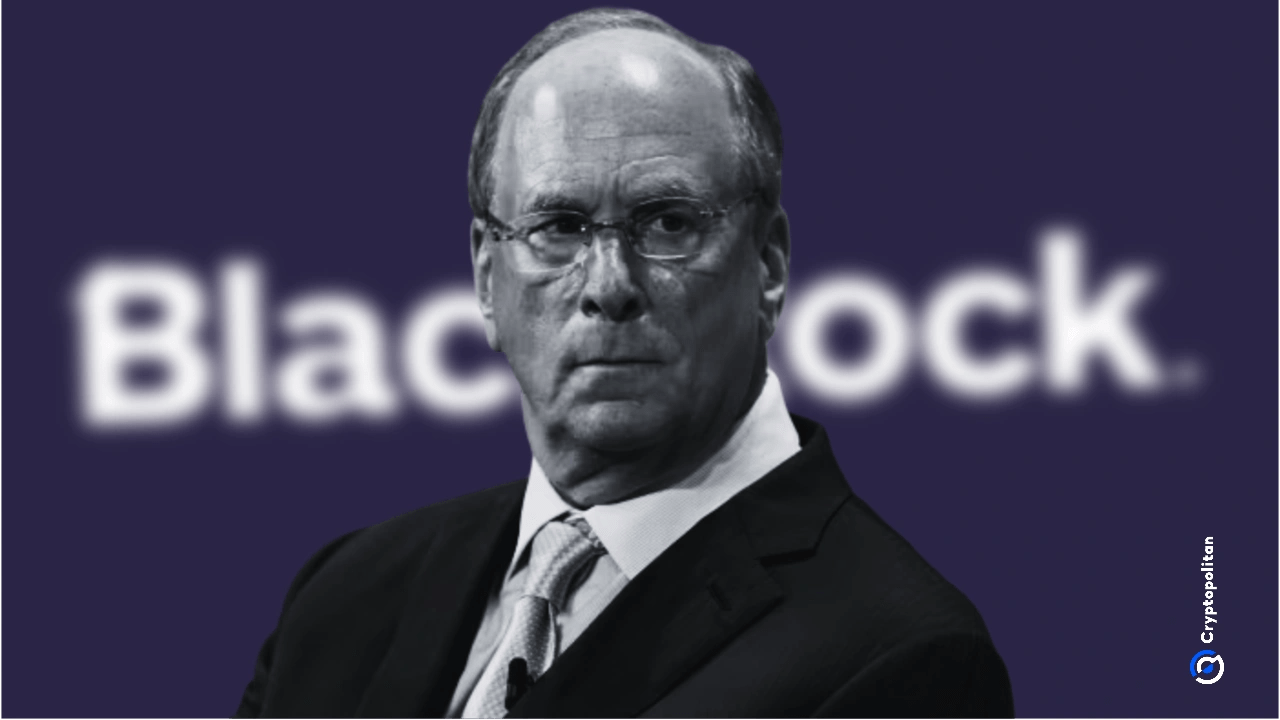ATLANTA, GA – JULY 13: Rob Manfred speaks during the first round of the 2025 MLB Draft at Coca-Cola Roxy on July 13, 2025 in Atlanta, Georgia. (Photo by Matthew Grimes Jr./Atlanta Braves/Getty Images)
Getty Images
MLB Commissioner Rob Manfred reignited the torch for expansion and realignment over the weekend, mentioning those subjects during ESPN’s broadcast of the Little League Classic. “I think if we expand it provides us with an opportunity to geographically realign,” Manfred said.
Forbes SportsMoney’s Maury Brown described what MLB might look like with two additional teams and a geographical realignment. It’s a subject the commissioner has been for many years without real progress, but it has been 27 years since the last expansion that birthed the Arizona Diamondbacks and Tampa Bay Rays. This is MLB’s longest expansion drought since 1961.
Negotiations
Before the league initiates any major structural changes, they must negotiate a new collective bargaining agreement with the MLB Players Association, the union that represents all the players on 40-man rosters. (The union also represent minor leaguers, but they have a separate agreement.) The Basic Agreement between MLB and the players union that was signed after the lockout in 2022 runs through the 2026 season. After that, the two sides need to hammer out a new deal.
Negotiating with the union on behalf of the 30 ownership groups is one of the foremost responsibilities of the commissioner. Reviewing Manfred’s words and actions over the last few weeks—publicly and directly to the players—provides a glimpse into what his side of the table will present to the union. Expansion and realignment seems likely to be part of the package.
Both expansion and realignment could have mutual appeal to the players and owners. The 30 existing clubs would split the expansion fees for the two new teams, which I estimated to be in the $900 million to $1.8 billion range in 2018 for Beyond the Box Score. Franchise values have increased substantially since then. The league would presumably pitch this idea to the union because it means more jobs for their members. Two new teams would create an additional 52 active roster spots, 80 more spots on the 40-man roster, and two more full minor-league systems.
Realignment would potentially benefit both the owners and players because of the reduced travel requirements. If teams spend more time playing road games in their region, it would reduce travel costs for ownership and long flights for players.
Of course, if expansion and realignment are part of the league’s proposal, the owners will view that as a concession and ask for something big in return. The players might see it as mutually beneficial and not something for which they need to concede anything of value. In that case, Manfred may hypothetical speak to the media and blame the players for “saying no” to expansion when that was only one aspect of a larger package deal that may have been untenable for the players. Such tactics are common in negotiations, and he has used them before.
Certain subjects are permissible in collective bargaining, while others are management’s prerogative. MLB might not need the union’s consent to expand or realign. However, they can still bargain over these subjects by connecting specific clauses to them, such as by saying the luxury cap limit will increase by a certain amount if the league doesn’t expand by a stipulated date. The current agreement included something to this effect around the A’s stadium situation, stating that their revenue sharing for 2024 and 2025 was contingent on the team having a stadium deal in place by January 15, 2023.
Salary Cap
What does Manfred want “in exchange” for expansion and realignment? That isn’t a secret either.
In July, Manfred made headlines when he visited the Philadelphia Phillies, and Bryce Harper told him to “get the f— out of our clubhouse,” for alluding to a salary cap, according to a report by ESPN’s Jeff Passan.
Owners have pushed for a salary cap in some form or another in every collective bargaining agreement with the players union since the 1994-1995 strike. The luxury tax system often functions as a salary cap with increasingly severe penalties for exceeding the limit, but the league will almost certainly demand a hard cap when they negotiate during the 2026-2027 offseason.
Manfred is already attempting to plant the seeds for salary cap negotiations now, and he’s tap dancing on the legal lines. Had he specifically mentioned “salary cap” in his meeting with the Phillies or other teams, the union would have grounds to file an Unfair Labor Practice (ULP) charge for circumventing union leadership and the collective bargaining process to negotiate working conditions and/or employee compensation.
As it is, the union may have grounds for a ULP even now. According to multiple reports by The Athletic’s Evan Drellich, the commissioner is attempting to sow distrust in the union amongst its members. If they have enough evidence, the union could potentially file a ULP against him for fomenting anti-union animus in the workplace. Players union leaders and representatives have decried the commissioner’s actions in Drellich’s reporting.
Interpreting Manfred
At first glance, the topics of expansion, realignment, a salary cap, and the collective bargaining agreement might not appear to be related, but practically everything Manfred says and does for the next year and a half will have one end goal in mind—influencing the upcoming negotiations with the union. His hints toward expansion and realignment, as well as everything else he says, should be viewed through that lens.
Source: https://www.forbes.com/sites/danepstein/2025/08/19/manfred-reveals-his-playbook-for-negotiating-with-the-players-union/


